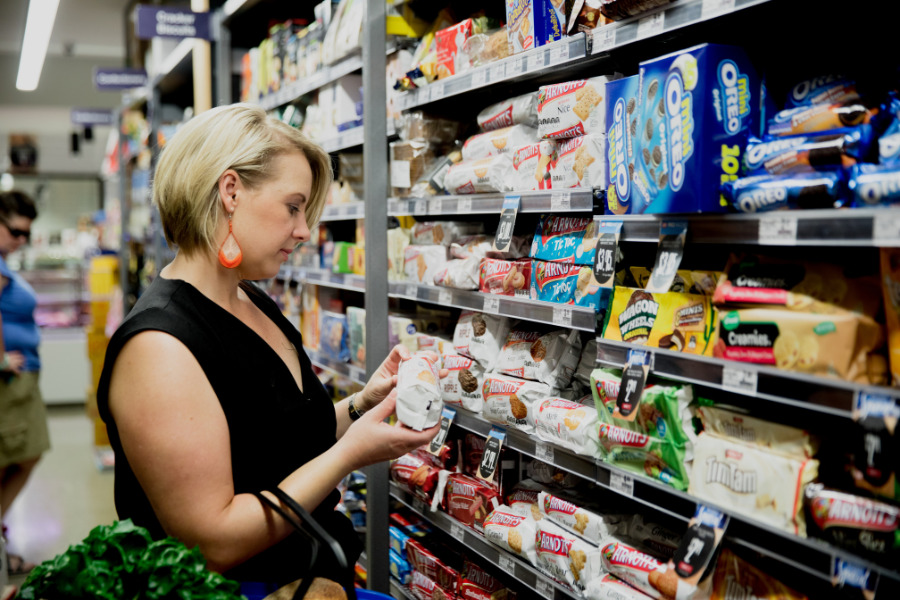I’ve been trying to make a GF starter for years, but I could never get them to work so I did a lot of research reading a heap of blogs and recipes and decided to give it one more go.
I’m so glad I persisted because finally… we have a winner!
In the past, I’ve tried a gluten-free plain flour blend – fail
I’ve tried sorghum flour – fail
I’ve tried a mix of a few flours – fail
This time I used brown rice flour and it worked perfectly. I also think being in Queensland (September/Spring) helped because it wasn’t cold, but not too hot, and just a teeny bit of humidity was in the air. I’ll give tips later because, clearly, not everyone lives on the Gold Coast!
Hints and Tips (take the time to read for a better starter).
- Sourdough starters do like it warm with a little bit of humidity. If you live in a cold climate sit it near the fireplace, but not too close. The ideal temperature is around 22-24°C/70-75°F. Inside the oven with the light on is often a good place, or on top of the fridge if the motor at the back of the fridge keeps that spot warm. Wrapping the glass jar in a cloth can also help.
- When choosing a starter, stick with one flour and don’t change. I used brown rice flour.
- If using brown rice flour (which I suggest you do), use a finely milled flour. Sometimes they can be a bit grainy and that’s where I’ve failed in the past.
- Different brands of flours will soak up more water than others so you may need to adjust the water quantity as you go. You will need to use your intuition, as your starter when feeding needs to look like wet sand without any water floating on top. Wet like you’d pack into a bucket for a sandcastle.
- Depending on your climate your starter can take anywhere from 7-14 days to mature and be ready to cook.
- Don’t cook a loaf of bread until your starter is mature and thriving (explained in the recipe).
- If your starter develops a layer of liquid on top (often a dark colour) that’s called a ‘hooch’ and it means your starter is hungry and needs feeding more often. Depending on your climate you can feed twice or even three times a day for 24 hours to get it active again.
- Don’t expect it will look like a gluten-based starter. Gluten-free never does! You will rarely get it to double in size however, it should rise by a decent amount before you can bake with it.
- Don’t use metal to mix the starter (no metal spoons etc). Use wooden or a silicone spatula.
- Be patient!
Recipe Download
We’ve put it all into a handy downloadable pdf for you – so you can print it out and stick it on your fridge 👇🏻
I hope this blog has given you enough encouragement and information to give it a go. If I can get it to work, anyone can.
Just keep feeding and discarding and you will keep your starter happy, active, and ready to use.
Make sure you download the pdf because I’ve even included the recipe I use to bake the sourdough.
Look how good they turn out 👇🏻





I can’t wait to see your bread baking, so remember to share and tag us on Instagram and Facebook.
Happy baking
Jo 😊
PS – don’t forget to download the handy guide to stick on your fridge or have handy somewhere to refer back to.









In your directions it doesn’t say to remove a y amount before feeding, should I do this or just keep adding
Hi Lisa, just follow the instructions as they are :) Thanks, Rhiannon